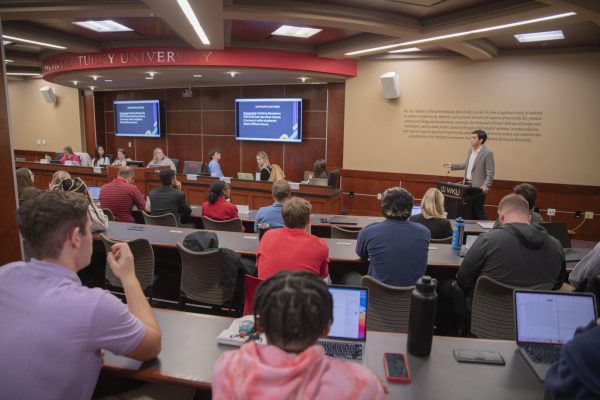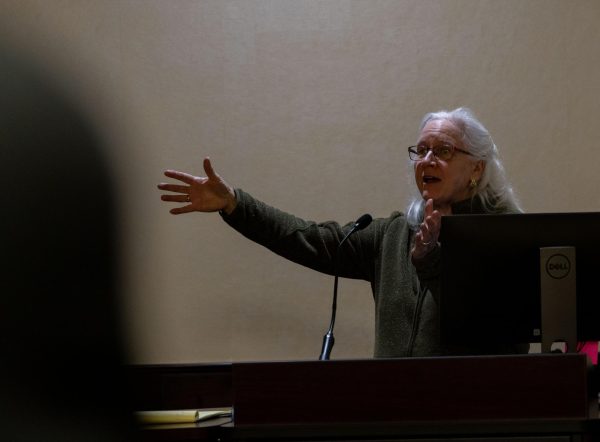Tuition to rise by 10.4 percent next fall
August 20, 2002
The Board of Regents voted unanimously Friday in favor of a 10.4 percent tuition increase for all students for the 2003-2004 school year.
President Gary Ransdell said a large portion of the new funding generated by the tuition hike will go toward pay increases for full- and part-time faculty next year.
Under the new rates, in-state tuition will increase from $1,464 per semester to $1,616 next year.
Out-of-state undergraduate students, with the exception of those from nearby out-of-state counties eligible for a discount under the university’s tuition incentive program, will pay $4,040 per semester. That fee is up from $3,900 this year.
Other than faculty raises, other funding will go toward compensation for online course instructors and may be used to fund future enrollment growth and any reserved for state budget cuts.
“Tuition is the only revenue source we have to keep up with inflation and to improve compensation with employees,” Ransdell said. “(And) to help fund enrollment growth in the absence of state revenues.”
Community college students will also feel the crunch of the tuition increase. Students there have traditionally paid a lower tuition rate than students on the main campus. Next year, those students will pay the same tuition as in-state students.
“We’re so packed out there it’s tough to justify a tuition break when we are stretched to the limit with growth,” Ransdell said.
He said Friday the additional funding from the community college tuition increase – which will total about $400,000 – will fund yearly expansion projects at South Campus.
The 2003-2004 tuition schedule approved by the regents also calls for all students to pay a one-time fee of $36 each semester next school year to help the university match funds from the state for capital maintenance projects.
Ransdell said the $36 fee next year will prevent the university from losing state appropriations for the projects.
“It would allow us to address those deferred maintenance needs,” he said.
But Western will make it easier for some out-of state students to pay for an education on the Hill.
Under next year’s tuition schedule, students from certain counties in Ohio, Indiana and Illinois will pay a reduced out-of-state tuition rate of $2,024 a semester next year, thanks to the tuition incentive program. About 27 counties in Tennessee and Indiana are already part of the program.
The new counties added Friday include Dearborn, Dubois, Jefferson, Marion, Ohio, Pike, Ripley and Switzerland counties in Indiana; Wabash, Edwards, White, Gallatin, Hardin, Pope, Massac, Pulaski and Alexander counties in Illinois; and Butler, Clermont, Hamilton and Warren counties in Ohio.
Luther Hughes, associate vice-president for Enrollment Management, said a majority of those counties surrounded areas where Western admission officers were already actively recruiting students.
“They’re in driving distance, and they are communities close enough with a large population base where we can get a lot of potential students with the most efficient amount of effort,” he said. “Once we’re in Evansville (Ind.) recruiting, it’s not far to go to the counties in southern Illinois.”
Hughes said the addition of the out-of-state counties where students will be eligible for tuition breaks will allow Western to diversify its student population.
For example, he said, Western will be able to attract more minority students from areas like Marion County, Ind., where Indianapolis is located.
BEGINITAL Mai Hoang can be reached at [email protected]. ENDITAL

























